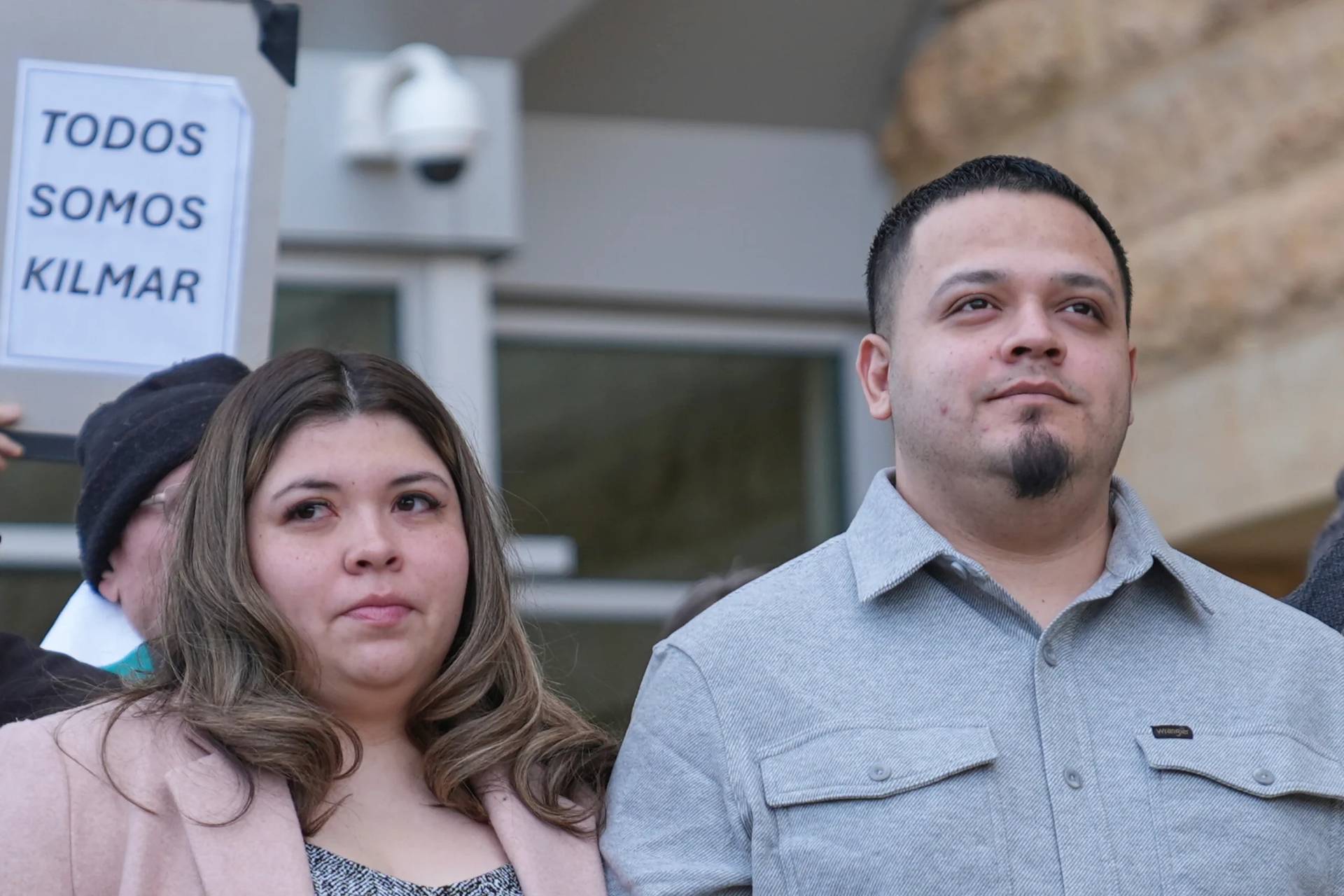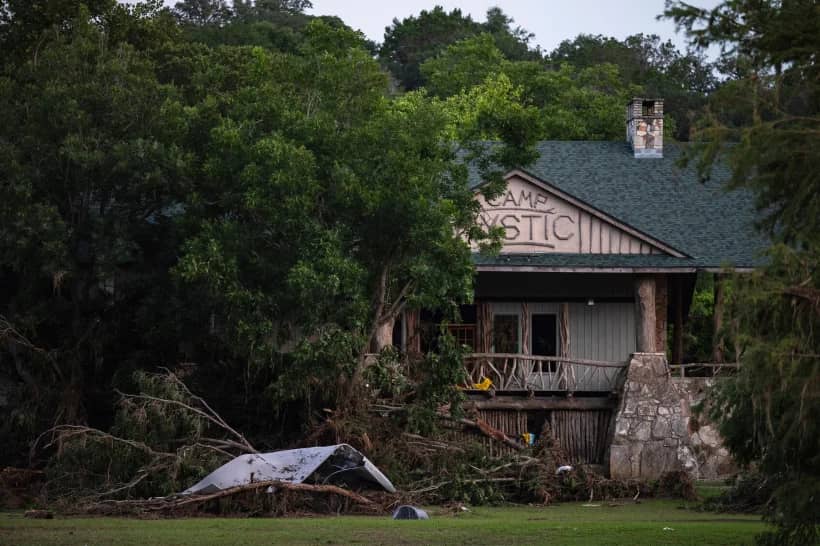NEW YORK – Unlike most dioceses in the U.S. that have turned to one or two key people to lead their synodal process, Bishop James Wall of Gallup has taken a different approach by turning to one of the diocese’s religious communities to take the helm.
“We’re a diocese with very few and limited resources, so rather than hoisting this on one person’s shoulders I thought it would be a little more doable if we were to ask the [Sisters of Our Lady of Guadalupe] religious community,” Wall told Crux. “Plus, they’re awesome and everybody loves them and they’re perfectly bilingual in English and Spanish.”
The decision, an uncommon one, provides a snapshot into the unique circumstances Wall faces in the Diocese of Gallup as the synod gets underway with the nation’s largest diocesan Native American population, COVID-19 and a perennial lack of resources.
The Diocese of Gallup spreads across 55,000 miles in Northeastern Arizona and Northwestern New Mexico. In addition to the diocese being split across two states, which presents its own challenges with state-by-state COVID-19 regulations, it’s one of the poorest in the country, though Wall said money “shouldn’t hold them back.”
The Diocese of Gallup also has the largest Native American population of any diocese. There are four pueblos and three traditionally nomadic tribes – the Navajo, White Mountain Apache, and the Jicarilla Apache. Like states, each reservation has its own COVID-19 regulations that Wall said are predominantly stricter than most of the country due to the disproportionately higher impact of the virus.
“The number of deaths we had to COVID-19; it’s so shocking, so they’re being very, very careful,” Wall said. “We’re still in the middle of experiencing the effects of the pandemic.”
For that reason, Wall is one of the few bishops that still has a diocesan wide dispensation from the obligation to attend Mass. Some diocesan parishes still have 25 percent or 50 percent capacity limits in place. Therefore, Wall acknowledged that the situation in certain areas of the diocese may force the synod to conduct listening sessions to Zoom.
“It’s not the ideal situation, but what can we do?” Wall said. “And if that’s what we have to do to keep people safe that’s how we have to do it because we want to make sure that we participate and everybody who’s Catholic has a voice in this process.”
The Diocese of Gallup launched its diocesan synodal process – part of the global Synod on Synodality launched by Pope Francis on Oct. 10 – a little late, on Oct. 24. Like the diocese itself, the way Wall has structured the synodal process is unique compared to other dioceses.

Wall structured the process around the Holy Family with the Virgin Mary, St. Joseph and Jesus each representing one of three diocesan synodal phases: listening, discernment and mission. They’ve even adopted a synodal icon for the diocese that depicts three hearts, one for each member of the Holy Family.
“The heart of Our Lady was the first phase that we’re in right now because she has that listening heart,” Wall said. “The heart of St. Joseph represents when we’ll be discerning, and then finally the heart of our lord, which represents our mission and what we’re called to do, which is really to proclaim the good news and the love of God.”
Wall noted that the goal of the phased approach is to make the synod more process oriented opposed to presenting as “another program” for parishioners to participate in.
The listening phase of the synod the diocese is in right now is split into two parts. The listening sessions between Wall and the parishioners won’t start until after the new year. In the meantime, Wall has asked the entire diocese to pray “for the outpouring of the Holy Spirit.”
“It has to begin with the Holy Spirit, and then that allows us to listen to one another,” Wall said. “Right now we’re in that beginning stage, and we’re inviting the entire diocese to pray for the outpouring of the Holy Spirit so that we can not only hear the Holy Spirit, but hear one another.”
When it comes time for the listening sessions to begin in the new year, it’s possible that the church’s checkered past running government-funded Native American residential boarding schools in the 19th and 20th centuries will be a factor.
Though the topic isn’t new, this past summer the discovery of 215 unmarked graves at the Kamloops Indian Residential School in British Columbia, Canada, prompted the U.S. government to launch the Federal Indian Boarding School Initiative to search for graves of Native American children at former federally funded boarding schools, which the U.S. Bishops Conference supports. Two days after the initiative was announced, 715 graves were discovered at a second site, a former Catholic residential school in Saskatchewan.
The possibility of the topic being a part of the synodal listening sessions reminds Bishop Wall of a listening session he and about eight other bishops had with Catholic Native American leaders about three years ago, where the Church’s boarding school history came up. At the time, he chaired the USCCB subcommittee on Native American Affairs, a position he held for a total of six years until he was recently voted to lead the USCCB National Collections Committee.
“We didn’t want to respond. We wanted to listen. We didn’t try to solve problems,” Wall said. “We simply wanted to listen, and then one of the big issues out of that listening session was the boarding schools and the hurt, the wounds that are still there that we need to be able to address so that’s something we’ve already been talking about.”
Follow John Lavenburg on Twitter: @johnlavenburg















